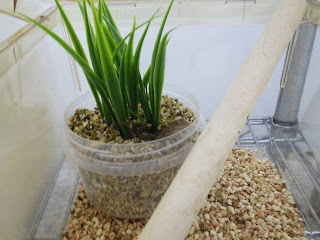Two recent events have made
me reflect on "The Fleishman Rule," which I was indoctrinated as part
of my collaboration with Leo and has become a corner stone of my research program.
 |
| Leo explaining "The Fleishman Rule" to Dave |
"The Fleishman Rule" postulates
that nature likes to play mysterious tricks on researchers by giving us a
little glimpse of hope and then, right before we are ready to start the victory
dance, crushing us with a nice dose of reality. Naturally, this reality is
usually served with some degree of frustration and second-guessing of our
abilities. The rule applies regardless of how meticulously or well-designed we
believe an experiment was conducted. Therefore, Leo is a strong believer that
the first set of data collected in an experiment should be treated as
preliminary results. Yes, there is not such a thing as an experiment that can
be completed in only one attempt. However, no need to fear: "The Fleishman
Rule" is what makes research exciting. First, the fun part of research is
to be wrong most of the time. It would not be fun if our predictions were
always correct; instead, figuring out mistakes is what pushes us to be creative
and to do better jobs as scientists. As I have told my students many times,
"an easy problem is not a fun problem". Second, nature is not
deceiving. The initial stumble is only a test of our willingness to push
harder. And if we are willing to do so by conducting the experiment a second or
third time, we will achieve our goal of understanding the complex dynamics of
the natural word.



